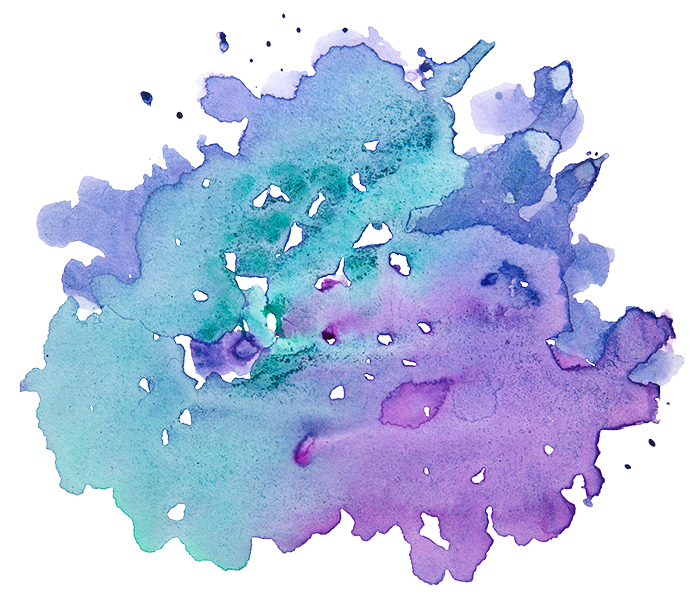By Sarah Zell Young
Mayyim Hayyim’s Niddah Salon brought together women with diverse backgrounds who identify as Jewish to explore the relationship between themselves and Jewish text and tradition. Over the course of the year we studied Hilchot Niddah – the Jewish laws of family purity. It was not just a study of the text itself; the women in the room, along with our guide Rabbi Miriam Simma Walfish, created the space to allow our relationship with the text to be alive and embodied.
In the Talmud, the rabbis argued that the Torah was one of six things that existed before the world was created; that it consisted of black fire written upon white fire. Black fire is immutable, the words do not change; white fire is the space between the letters where revelation continuously transpires. Black fire is the finite, the quantifiable tangible world around us; white fire is the metaphysical, the interpretative or transformative space, where personal relationship and meaning can form within and between the text and be applied to our own lives.
Because the laws of Niddah regulate “ritual purity,” tahor, and “ritual impurity,” tameh, one can get hung up on thinking that these two concepts are diametrically opposed. This gives purity a positive connotation and impurity a negative one without realizing that they are different facets of holiness. This can cause us to get stuck in this false dichotomy, leaving no room for movement. By also studying the white fire, the spaces between the letters of the text, we were able to become partners with the text: each woman honoring the text, and the text honoring our own lived and personal experience. This expanded our space to see the reflection of holiness not only in the text, but within each other.
I believe text needs to be studied this way. When Ben Bag Bag says in Pirkei Avot 5:22, “Hafoch ba vehafoch ba dekula ba,” “Turn it over and over, for all is within it,” he’s reflecting on how process-orientated studying text should be. As a Modern Orthodox woman who practices taharat mishpacha (family purity) in her life, I found it refreshing to have a cohort of women to turn the texts over with, having open conversations with women about their own practices, the feelings it brings up, likes and dislikes, etc. More importantly, it allowed us to see our intrinsic holiness as bnei Yisrael, daughters of Israel reflected off each other. After all, we are all created in the image of G-d, tahor, tameh and everything in-between.
 Sarah Zell Young (MFA) is an artist and experiential educator. Her artistic work explores the notion of holiness in a modern context and within the traditional boundaries of Judaism. In her role as an educator, she aims to give everyone a sense of agency in their Jewish practice. More of her work can be seen here: www.sarahzellyoung.com
Sarah Zell Young (MFA) is an artist and experiential educator. Her artistic work explores the notion of holiness in a modern context and within the traditional boundaries of Judaism. In her role as an educator, she aims to give everyone a sense of agency in their Jewish practice. More of her work can be seen here: www.sarahzellyoung.com


